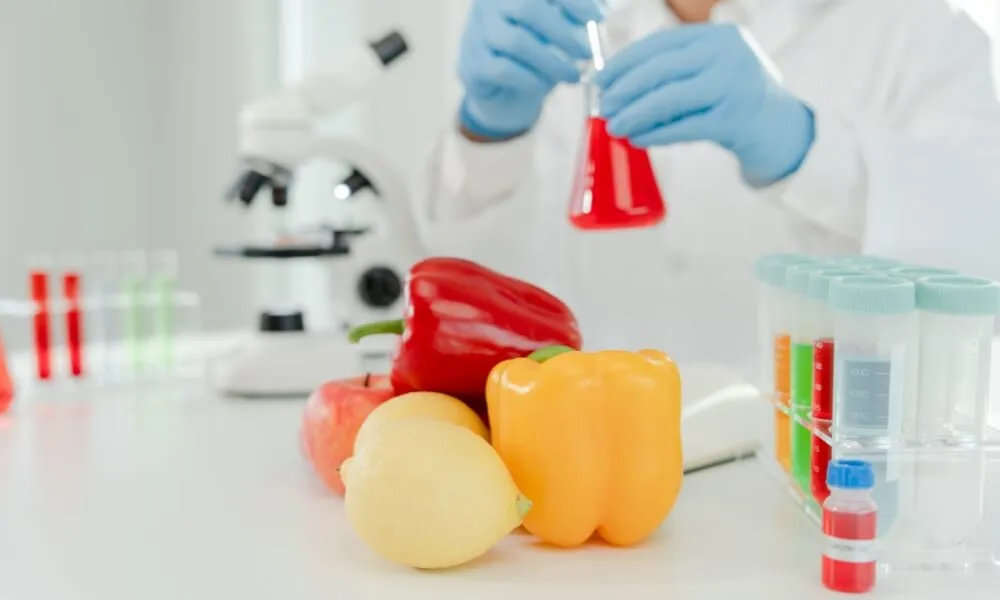Food is essential to our daily lives, providing sustenance, pleasure, and nourishment. However, hidden within the meals we consume lie potential dangers in the form of biological hazards. These hazards, consisting of harmful microorganisms and substances of biological origin, can cause severe foodborne illnesses that can affect individuals and communities alike. From bacteria and viruses to parasites and fungi, these unseen threats can infiltrate our food at various stages of the production chain, leading to widespread health risks.
In this blog, we will delve into the world of biological hazards in food, exploring the different types of pathogens that can contaminate our meals and their adverse effects on our well-being. Understanding the nature of these hazards is crucial to mitigating their impact and safeguarding ourselves and our loved ones from potential harm.
However, it’s not all doom and gloom. Alongside exploring biological hazards, we will also equip you with practical knowledge on preventing and minimizing the risks associated with these contaminants. From proper food handling and preparation techniques to maintaining food safety throughout storage and consumption, we’ll provide valuable insights that empower you to take charge of your food safety.
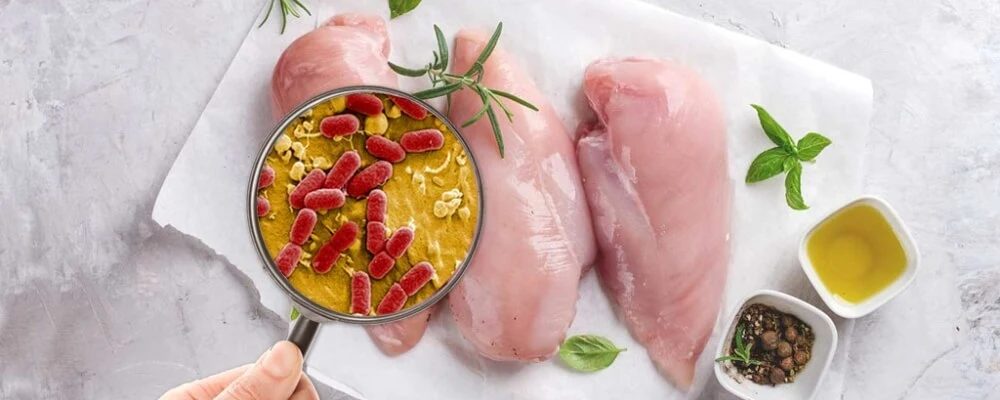
Biological Hazards In Food
Biological hazards in food refer to harmful microorganisms or substances of biological origin that can cause foodborne illnesses when consumed. These hazards can contaminate food at any stage of the food production chain, from farming and processing to distribution and consumption. Proper food handling, preparation, and storage are essential to reduce the risk of foodborne illnesses caused by biological hazards. Here are some common biological hazards in food:
1. Bacteria
Bacteria are single-celled microorganisms that are present everywhere in the environment. While most bacteria are harmless or beneficial, some strains can cause foodborne illnesses when ingested in sufficient quantities. The main types of bacteria responsible for foodborne illnesses include:
- Salmonella: This bacterium is commonly found in raw poultry, eggs, and unpasteurized milk. It can cause symptoms like diarrhea, abdominal cramps, fever, and vomiting.
- Escherichia coli (E. coli): Certain strains of E. coli, such as E. coli O157:H7, produce toxins that can cause severe food poisoning. Common sources include contaminated undercooked ground beef, raw vegetables, unpasteurized milk, and contaminated water.
- Campylobacter: Often found in undercooked poultry, unpasteurized milk, and contaminated water, Campylobacter can lead to gastrointestinal symptoms like diarrhea, cramps, and fever.
- Listeria monocytogenes: This bacterium can grow even at refrigeration temperatures. It is found in ready-to-eat foods like deli meats, soft cheeses, and refrigerated smoked seafood. Listeriosis, the illness caused by Listeria, can be particularly dangerous for pregnant women, older adults, and individuals with weakened immune systems.
2. Viruses
Foodborne viruses are typically transmitted through contaminated food and water. These highly contagious viruses can cause outbreaks in various settings, including restaurants and cruise ships. The two main viruses responsible for foodborne illnesses are:
- Norovirus: Norovirus is highly contagious and is a common cause of gastroenteritis (stomach flu). Contaminated food, water, and person-to-person contact can spread the virus.
- Hepatitis A: This virus affects the liver and can lead to symptoms like jaundice, fatigue, and abdominal pain. Hepatitis A can be transmitted through contaminated food, especially in cases of poor hygiene during food handling.
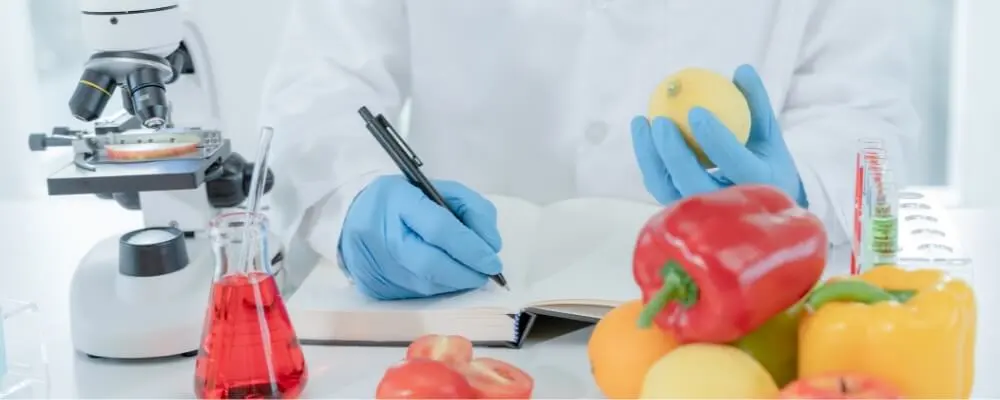
3. Parasites
Parasites are organisms that live in or on other organisms (hosts) and rely on them for nourishment. Some parasites can contaminate food and cause foodborne illnesses. Common foodborne parasites include:
- Cryptosporidium: This parasite can be found in contaminated water and may contaminate produce through contact with infected soil or water. It can cause gastrointestinal symptoms like diarrhea.
- Toxoplasma gondii: This parasite is commonly found in undercooked or raw meat, especially pork, lamb, and venison. It can also be present in contaminated soil that comes into contact with fruits and vegetables.
4. Fungi
Certain fungi can produce toxins in food, leading to food poisoning. These toxins are mycotoxins and can contaminate various food items, particularly grains, nuts, and dried fruits. Common fungi that produce mycotoxins include Aspergillus, Penicillium, and Fusarium species.
5. Allergens
Food allergens are not infectious agents but can cause severe allergic reactions in individuals with food allergies. Common food allergens include peanuts, tree nuts, milk, eggs, wheat, soy, fish, and shellfish. Even trace amounts of allergens in food can trigger allergic reactions, ranging from mild symptoms like hives to severe and life-threatening anaphylaxis.
6. Toxins from Marine Animals
Certain species of marine animals, such as certain types of fish and shellfish, can accumulate toxins from their environment. These toxins, such as ciguatoxin and saxitoxin, can cause food poisoning in humans when they consume contaminated seafood.
Handling, cooking, and storing food properly is essential to minimize the risk of foodborne illnesses caused by these biological hazards. Government agencies and food safety organizations provide guidelines to ensure safe food handling practices and reduce the incidence of foodborne illnesses.
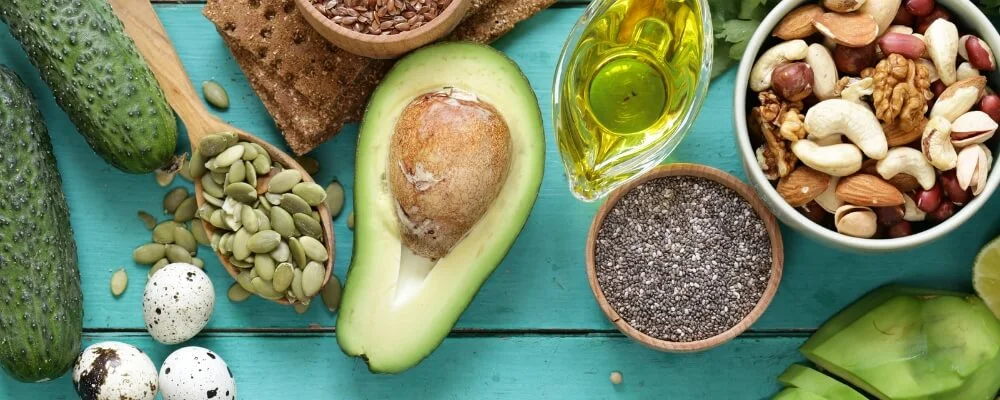
Preventing Biological Hazards In Food
Preventing biological hazards in food is crucial to ensure the safety and well-being of consumers. Here are some important steps to prevent biological hazards in food:
1. Thoroughly wash fruits and vegetables before consumption
Fruits and vegetables can be contaminated with harmful bacteria, viruses, and parasites, especially if they come into contact with contaminated soil, water, or handling surfaces. To reduce the risk of foodborne illnesses, washing fresh produce thoroughly under running water before eating, cutting, or cooking is essential. Scrubbing the surfaces of firm produce, like melons and cucumbers, can also help remove dirt and potential contaminants.
2. Cook food to the appropriate internal temperature to kill harmful microorganisms:
Cooking food to the correct internal temperature is crucial to kill harmful bacteria and other pathogens in raw or undercooked food. Different types of food require different cooking temperatures. A food thermometer is the most accurate way to ensure food reaches a safe temperature. For example:
- Poultry (chicken, turkey): Cook to an internal temperature of 165°F (74°C).
- Ground meat (beef, pork, lamb): Cook to 160°F (71°C).
- Whole cuts of meat (steaks, roasts): Cook to 145°F (63°C) with a 3-minute rest time.
3. Avoid cross-contamination by keeping raw and cooked foods separate:
Cross-contamination occurs when harmful bacteria or pathogens from raw food are transferred to cooked or ready-to-eat food items. To prevent this, keep raw meat, poultry, seafood, and juices away from ready-to-eat foods like fruits, vegetables, and salads. Use separate cutting boards, utensils, and containers for raw and cooked foods. Wash hands, cutting boards, and utensils thoroughly with soap and water after handling raw food.
4. Refrigerate perishable foods promptly and maintain proper storage temperatures:
Bacteria can multiply rapidly at temperatures between 40°F (4°C) and 140°F (60°C), known as the “danger zone.” To slow down bacterial growth, refrigerate perishable foods, including cooked dishes and leftovers, within two hours of cooking or serving. Make sure your refrigerator is set to maintain a temperature of 40°F (4°C) or below and use a freezer temperature of 0°F (-18°C) or lower for frozen foods.
5. Practice good personal hygiene, especially when handling food:
Food handlers should maintain excellent personal hygiene to prevent the spread of pathogens to food. This includes regularly washing hands with soap and water for at least 20 seconds, especially before handling food, after using the restroom, after touching pets, and after handling raw meat or poultry. Food handlers should also avoid touching their face, nose, or mouth while handling food.
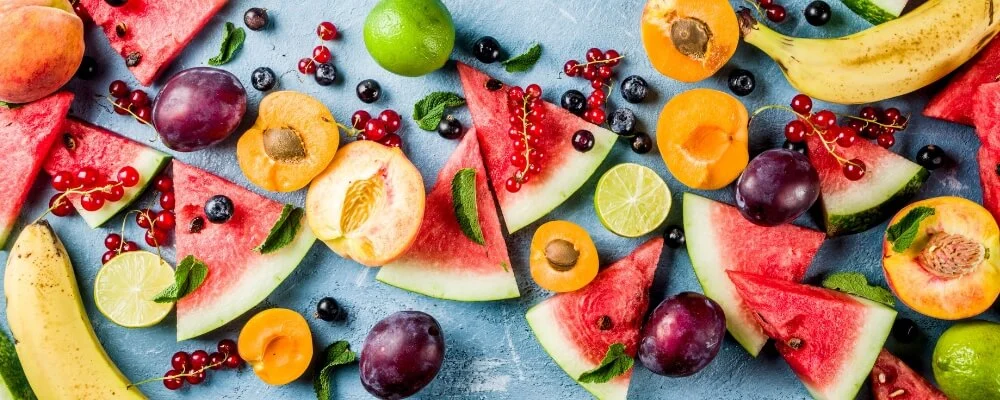
6. Use pasteurized products to minimize the risk of foodborne illnesses:
Pasteurization is a process of heating food, usually liquids like milk and juices, to a specific temperature for a certain time to kill harmful bacteria and pathogens. Consuming pasteurized products can significantly reduce the risk of foodborne illnesses. Always choose pasteurized milk, juices, and other dairy products, especially for young children, pregnant women, older adults, and individuals with weakened immune systems.
7. Educate food handlers and consumers about safe food handling practices:
Food safety education is crucial in preventing foodborne illnesses. Food handlers should receive proper training on safe food handling practices, including those in restaurants, food processing facilities, and other food establishments. Consumers should also be educated about food safety tips, including proper food storage, cooking temperatures, and handling practices. Public health agencies and food safety organizations are significant in disseminating this information to the public.
By implementing these preventive measures, individuals and the food industry can significantly reduce the occurrence of foodborne illnesses caused by biological hazards in food.
Conclusion
In conclusion, understanding and addressing biological hazards in food are paramount in safeguarding public health and well-being. The presence of harmful microorganisms and biological substances in our meals can lead to severe foodborne illnesses with far-reaching consequences. By adopting preventive measures such as thoroughly washing fruits and vegetables, proper cooking temperatures, avoiding cross-contamination, timely refrigeration, practicing good personal hygiene, and opting for pasteurized products, we can significantly reduce the risk of foodborne illnesses.
Empowered with knowledge and vigilance, both food handlers and consumers alike can play a vital role in ensuring the safety of our food supply chain. By staying informed and implementing best practices, we can savor our meals confidently, knowing that we are actively taking steps to prevent the unseen dangers lurking in our food.

